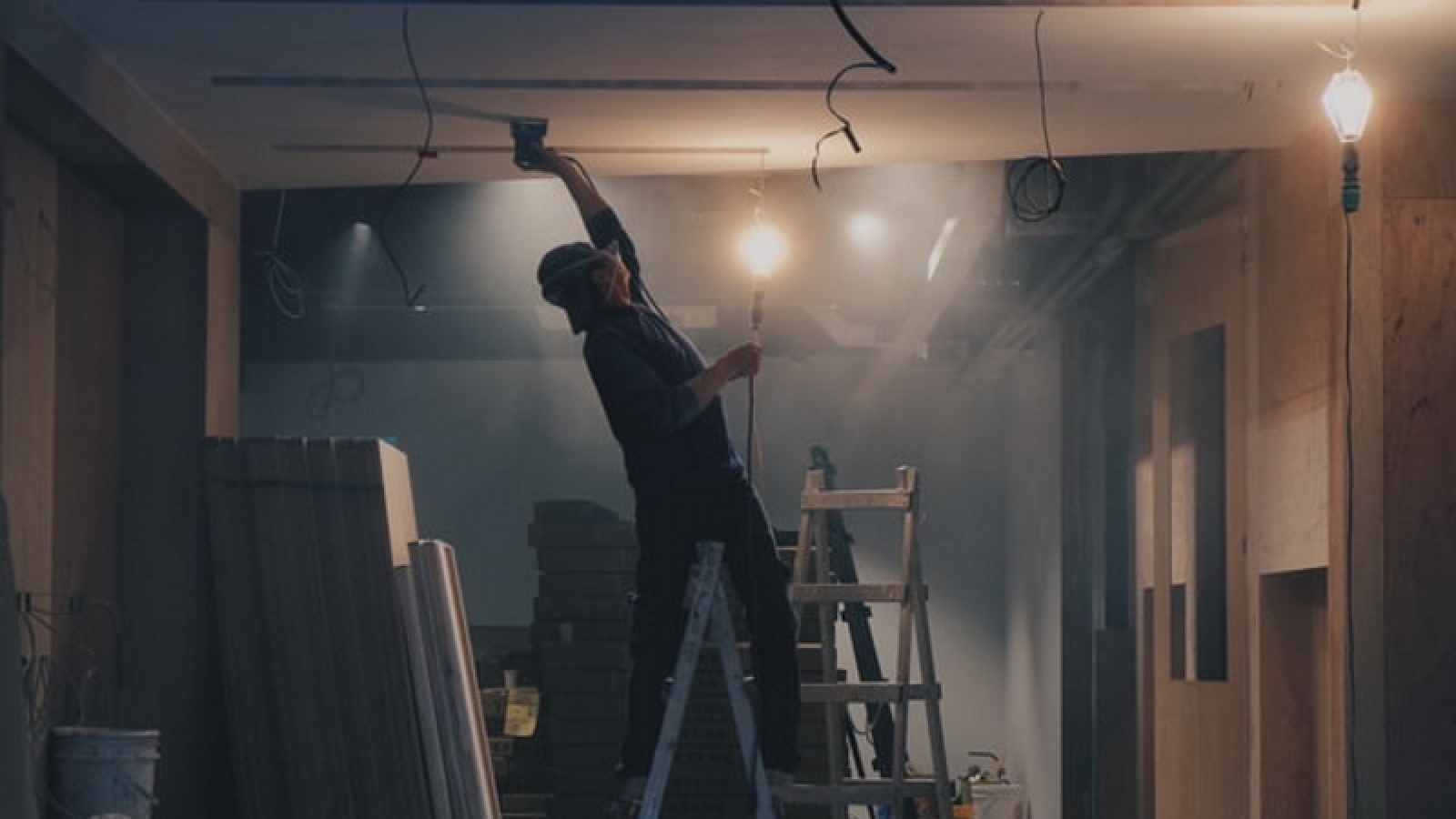Quick and simple: Remove moss from shingles if you want to extend your roof’s life span. Shingles with a dark green appearance may look harmless, but it’s a sign of moss buildup. Moss grows in the roof’s shaded area, like when tall and thick trees cover it. Some homeowners think that their shingle-type roofing system doesn’t look bad with moss in it, not realizing that it speeds up the roof’s deterioration.
A thin layer of moss isn’t a cause for alarm, but when it grows into large clusters, it’ll find its way under the shingles and wreak havoc to the whole structure. You’ll read a boatload of tips on DIY moss removal, but it doesn’t mean they’re legit. You may even damage your roof in the process.
The idea is to safely remove moss on the shingles to maintain your roof’s structural integrity. While it sounds relatively straightforward, there’s a bunch of issues you need to address after the removal. How do you prevent it from growing back? If you’re getting rid of it on your own, how do you prevent further damage to the shingles?
Why Remove Moss in the First Place?
Aesthetics and charm aside, moss is bad for your shingles. No matter how you look at it, it doesn’t change the fact that it damages the roof and will shorten its life. Unlike plants that collect water through their roots, moss uses its leaves instead.
In other words, mosses don’t need soil to get the nutrients and water needed for growth. The dry surface of the roof shingle is no deterrent for its roots to grow and spread. If you ignore the presence of moss on your roof, it’ll slowly tear the shingles apart and cause leaks.
You don’t want moss on your roof when it rains; it soaks up and retains water naturally, putting unwanted weight and moisture on the shingles. Furthermore, moss buildup impedes proper water drainage. Instead of finding its way straight down to the gutters, water must go around the moss growth.
If left unattended, moss finds its way underneath the shingles, forcing them to lift and open up for water to penetrate. As soon as water penetrates the inner layer of the roof, it’ll result in leaks.
Removing Moss: How to Address a Moss Problem
Don’t wait for the growth to spread to the entire roofing surface before you act. The last thing you need is an expensive roof replacement project – a severe moss infection means that the shingles are no longer salvageable.
There’s a handful of ways to remove moss from your shingles; the strategy you choose depends on the state of your roof, budget, and severity of the infection. The easiest yet nastiest method is to scrub it manually. But the task is doubly difficult because of the “height” factor and the complexity of your roof’s design.
Put the ladder close to the affected area; this way, you don’t have to walk through a distance on the roof. Wearing protective equipment is a must, i.e., rubber gloves, slip-resistant shoes, and eye protection. Grab a safety rope to secure yourself – there’s a constant risk of falling.
Find a soft-bristled brush with a long handle so you won’t have to bend over and potentially lose balance. To remove moss, start scrubbing from the top to prevent lifting or damaging the shingles. Remember, there’s a difference between scrubbing the shingles gently and scraping them. You don’t want to scour or pound it either.
What If Scrubbing Doesn’t Work?
Scrubbing the roof doesn’t work at all times. Fortunately, there are other ways to get rid of the moss, including:
1 – Liquid Moss Killer
You need sufficient water pressure that reaches the roof’s ridge to apply a liquid moss killer. It comes in a container that conveniently attaches to the garden hose. You can also mix liquid bleach and water and spray the solution on the affected area. See to it that you let the solution adhere to the surface by leaving it for about half an hour before rinsing. You may have to repeat the process in severe moss growth.
Pro Tip: Never use a pressure washer on asphalt shingles since it might result in granule loss.
2 – Dry Moss Killer
Any home improvement store sells dry moss killer in powder form. You have to sprinkle the powder in lines parallel to the roof ridge. Be sure each line is about four feet from the other. The idea is for rainwater to combine with the dry powder, finding its way to the eaves.
Pro Tip: Don’t go for the dry moss killer powder if there’s no rain forecast for several weeks.
Prevention
Don’t wait for the moss to appear on your shingles before you do something. Put in place preventive measures that’ll help suppress moss’ growth; clean the gutters regularly (or install gutter protection), trim tree branches that grow near or over the roof and get rid of anything that collects moisture, such as seedpods and leaves.
Lastly, roofing professionals recommend the installation of copper or zinc-coated strips below the roofing ridge caps. Rainwater flows over the strips, releasing the zinc particles into the shingles. This effectively thwarts any sign of moss growth.

